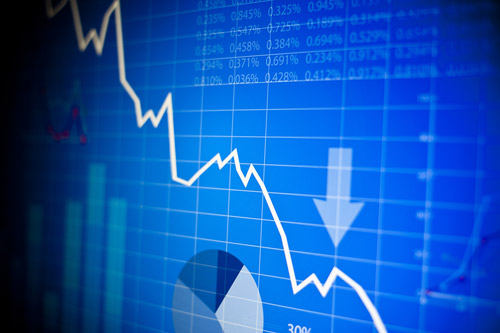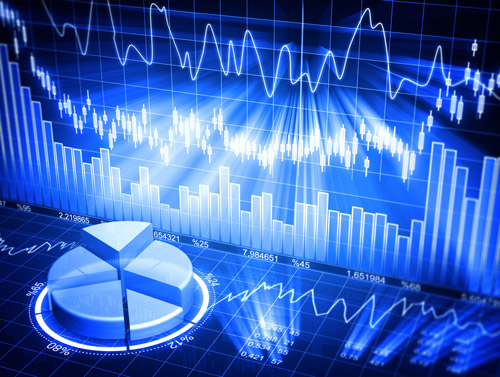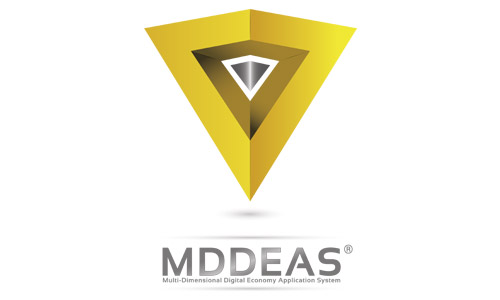
THE PROBLEM
"Demographic shifts have created an imbalance between the supply and demand among our country economies thereby restricting economic growth”
The root cause of our inability to achieve sustainable global economic growth is due to the shifting demographics of the world. Thirty five years ago the high-income countries (HICs) comprised 22% of the world’s population. Today this figure is just 15% and is forecasted to reach 11% by 2050. While the HICs are home to a productive workforce with strong buying power, their low birth rates and aging population have resulted in excess capacity and low market demand. This has led to unsustainable financial engineering to bolster demand and fuel economic growth.
On the other hand, mid and low-income countries (MICs and LICs), have high birth rates and a young, dynamic workforce representing large potential market demand. However, their salaries are less than 20% of those in HICs as well as domestic and international trade costs that can be up to three times higher, resulting in low buying power.
These disparities have led to volatility in our global economy that greatly affects every country and every organization today.

THE SOLUTION
“We must act now and combine the strengths of the high, mid-income and low-income countries to grow the global economic ‘pie’ rather than compete over the size of the same one”
As HICs continue to experience low birth rates while adopting strict migration policies, they are left with only one viable choice: to build the buying power of mid and low-income countries in order to create new markets for the products and services they produce.
The MICs and LICs have only one option as well: to commit to business excellence in order to achieve efficient and transparent operations to attract national and international investments and, ultimately, increase their buying power.
Thus, in today’s 21st-century technology era, a tangible innovation is required that leverages the demographic strengths of the different regions to enlarge the global economic ‘pie’ to the benefit of all. We can achieve this goal through the use of the Multi-Dimensional Digital Economy Application System (MDDEAS) that will digitize the global value chains within the B2B marketplace. In this way, we can achieve greater efficiency and transparency to de-risk trade, reduce costs, ease access to financing and insurance as well as better connect businesses with distant markets to grow trade.
This, in turn, will trigger more foreign direct investment and increase the buying power of mid-and low-income countries, thus creating loyal trade partners that can acquire high-value goods and services from the high-income countries. Consequently, this will rebalance the global economy and serve as a foundation to achieve sustainable global economic growth.

THE BENEFITS
“The Multi-Dimensional Digital Economy Application System. (MDDEAS) provides the tools to rebalance the global economy and grow global trade."
The main benefits of introducing MDDEAS
- Connect the expertise of the high-income countries (HIC) with the youthful workforce of the mid and low-income countries ( MIC / LIC)
- Create greater transparency and efficiency to reduce excess trade costs and de-risk doing business
- Trigger greater foreign direct investment as well as easy access to financing and insurance
- Build the buying power of the MIC / LIC creating new market demand for the HIC to grow trade
- Grow the global economic pie instead of competing over the same one